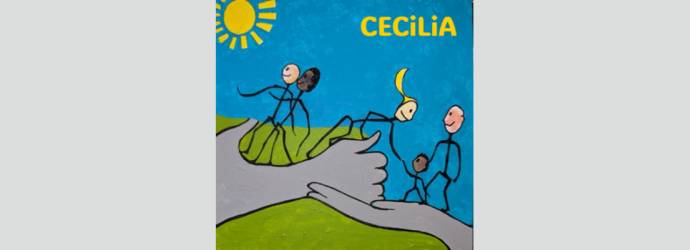![nasen logo [green text that reads 'nasen' above grey text that reads 'helping everyone achieve']](https://asset.nasen.org.uk/styles/690_250/public/media/2022-07/nasen%20logo%20%28news%20image%29.png?h=59f14d13&itok=UHC5TG16)
nasen’s SLCN survey – what did you tell us?
Earlier this term, we published a survey asking nasen members to tell us more about provision for Speech, Language and Communication Needs in schools. Both the data and our professional conversations tell us that SLCN is a huge area of concern post-pandemic, even more so than previously, particularly in the Early Years and Key Stage 1. nasen wants to understand more about the current picture for provision and this survey was one of the initial steps in helping us to understand the current situation in practice.
Thank you very much to the 169 people who took the time to complete the survey – this is some of what we found:
- A significant proportion of schools and settings do not have specialist provision in place to meet Speech, Language and Communication Needs:

- Where this provision does exist, supervision for it is almost always externally provided:

- Most schools and settings have run targeted interventions run by non-specialist staff or have no additional dedicated capacity for interventions:

- 39% of all schools and settings do not use a traded service to support pupils with SLCN, with the majority of those who do using NHS services:

Most schools and settings are providing professional development opportunities to their staff and there is an even split between those schools or settings where some staff have additional training or qualifications and those who do not.
These findings indicate how important this area is to schools and settings, as evidenced by the large number who have invested in training and staff time to support learners with SLCN. They also highlight some of the challenges around access to external support, and the lack of specialist staff to deliver support and intervention. nasen hopes to find new routes to support schools with SLC needs in 2023 and beyond.









